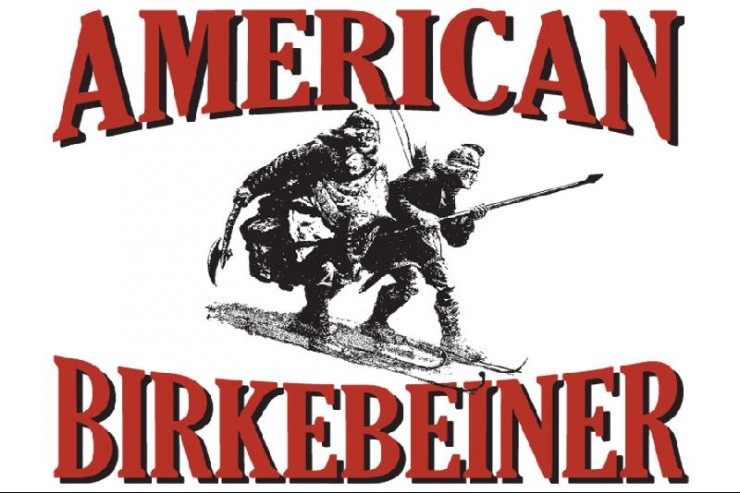Toko Wax Tip for the American Birkebeiner
Note that the Tribloc waxes (such as HF Red) are harder than the Dibloc waxes.
Base Layers – What to Use?
I have been asked quite a few times recently if LF Black should always be used for a base layer and if not, when not?
An eBlast went out earlier this year that addressed this topic. You can revisit it here. To summarize though, LF Black is too soft to be used as a base layer when the snow is really cold. The base needs to be hardened in those conditions. There are a few options: LF Blue can be used or LF Blue can be mixed with LF Black or LF Black can be hardened by mixing XCold Powder into it. All 3 of these methods have been used with similar success. My opinion is that when the snow is below 5f, go with 2 layers of LF Blue as a base layer. If the snow is between 5f and 15f, either mix LF Blue with LF Black or mix XCold Powder with LF Black for your base layer. If the snow is above 15f, just go with the LF Black for a base layer.

Toko Wax Tips – Investing and Working for You
The Toko Tech Team is made up of 30 professionals most of whom have been functioning as Toko Tech Teamers for over 10 years now. From my perspective as Toko USA Brand Manager, the wax tip service that the Toko Tech Team provides is the single most important thing that we do as a company for the Nordic market.
There is no other brand out there with a group like this – on the ground at venues before and during races analyzing forecasts, current conditions at the venue, and using all of their resources to try to ascertain what the conditions will be like during the event.
Some key factors which make it especially critical to have a local professional making the call include knowing about
1. The existence of dirt. Given the same forecast, the existence of dirt can dramatically change structure, flex, and wax recommendations
2. Snow crystal type. Again, this knowledge can have a profound impact on structure, flex, and wax recommendations
3. Is the snow fast or not? If the snow is fast, a “warmer” wax can be used (both for kick and glide). Emphasis changes from breakaway speed to high end speed.
4. Is it going to glaze or not? This is one of the most fundamental questions in making a kick and glide wax recommendation(as well as flex and structure).
5. What are the trends of the particular race site? This is where you can be especially happy about the experience of the Toko Tech Team members. In some areas, certain waxes or combinations seem to work most of the time despite appearances. One easy example of this when a venue is on the lee side of a big mountain. This tends to make the snow fall “dry” despite warmer temperatures. Examples of this include Jackson, WY, Bozeman, MT, Soldier Hollow, UT, and Steamboat, CO. Another example is how the snow glazes extremely easy in the Great Lakes area whereas given the same temperatures and RH, the snow would not glaze in other areas. There are also classic races for example where a critical hill gets a lot of sun and needs to be waxed for. Having the benefit of many years of experience at the venue gives a person a great advantage in formulating wax tips.
The bottom line is that we are on the ground at the venue talking with groomers and drawing on past experience. I, Ian Harvey, do not do these wax recommendations myself. That would result in a lot of mistakes as I don’t know enough about what is happening far away of course! The wax recommendations are all done by local trained professionals with many years of experience. This, along with how seriously we take our wax tips, truly sets Toko wax tips apart from the field.
Field Report from Aspen Nordic Festival from the Sun Valley Elite Team
For Saturday’s SuperTour 5/10k Classic race, we glide waxed with LF Black mixed with XCold powder for a base followed by a 1:1 mix of HF Blue/Red. We covered this with a mix of JetStream Red and Yellow powder. We went with the harder base waxes and HF waxes because we wanted to keep the base hard.
For Sunday’s Owl Creek Chase (21k Skate), we went with the same LF Black/XCold powder mix for the base. Then we followed it again with a Tribloc HF Blue/Red mix that had more Blue in it than Red. We covered this with a mix of JetStream Blue and Red powder again with more Blue in it than Red. Before the start, we rotocorked with JetStream Red Bloc.
Congratulations to Patrick Johnson for winning the SuperTour Classic race and to Nicole DeYoung for her clear victory in the Owl Creek Chase.
Colin Rodgers, Elite Team Head Coach




